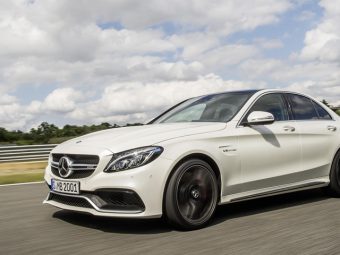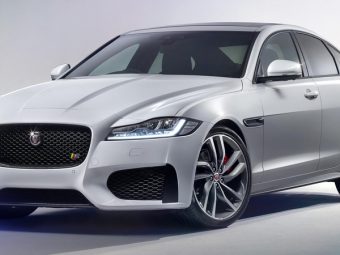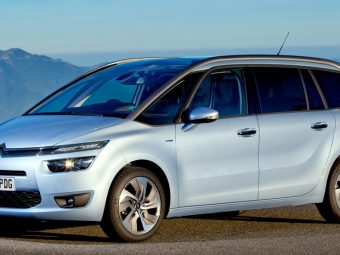To grasp the present state of Germany’s progression toward deindustrialization, one need only examine the latest Mercedes E Class Estate. Prices in the UK commence at £58,000 for the entry-level E 200 AMG Line Estate, ascending to £60,000 for the E 220 d Estate. The exorbitant cost raises eyebrows, especially considering the vehicle experiences a substantial 50 per cent depreciation after just three years. So, is the new E-Class truly synonymous with luxury? The answer is a resounding “no.”
As we have consistently mentioned over the years regarding Mercedes, the E-Class interior appears expensive but feels cheap. Regarding the engine range, the new E Class estate is initially offered with four-cylinder petrol, four-cylinder diesel, or plug-in hybrid powertrains. Power is rated at 201hp and 197hp respectively.
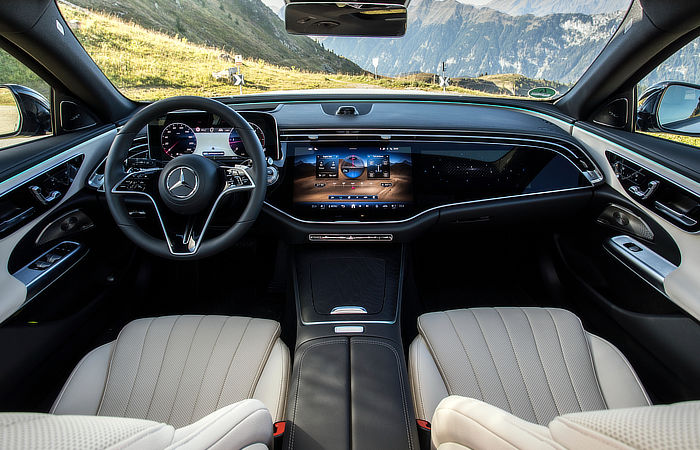
Both petrol and diesel engines are paired with the latest-generation 9G-TRONIC PLUS nine-speed automatic transmission and 48-volt mild-hybrid (MHEV) technology. The plug-in hybrid E 300 e is powered by a 2.0-litre, 4-cylinder engine, augmented by an additional 129 hp from the electric motor. It boasts an all-electric range of up to 40 miles.
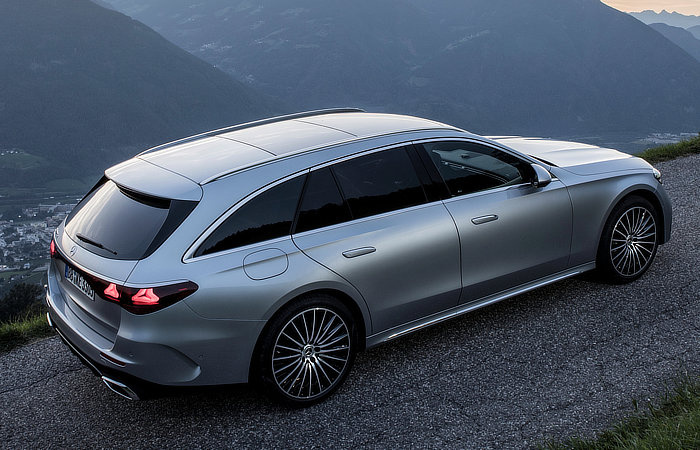
The battery, with a capacity of 25.4 kWh, was developed in-house by Mercedes-Benz AG. Full electrical power is available up to speeds of 87mph. Certainly, modern cars, especially Mercedes, incorporate a plethora of technology, partly accounting for the high cost of the E-Class.
However, one must ponder whether the E Class truly sets the benchmark for premium estates, or if opting for a VW Passat is a more prudent choice. If you wish to obtain more details, visit your nearest Mercedes dealership, consider booking a test drive, and feign interest in making a purchase. Afterwards, run away – run as fast as you can.




